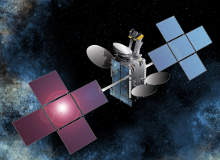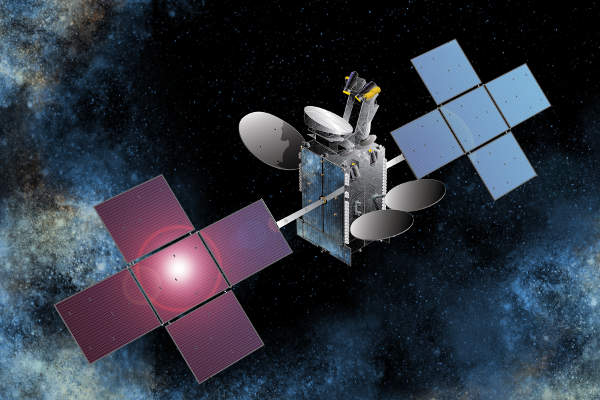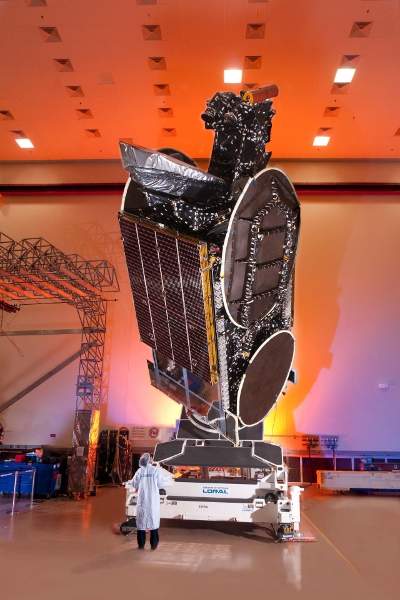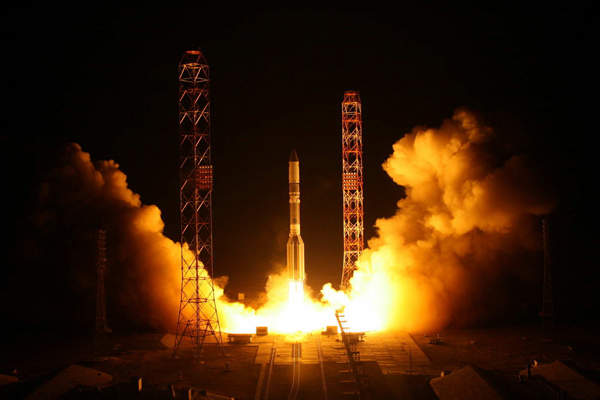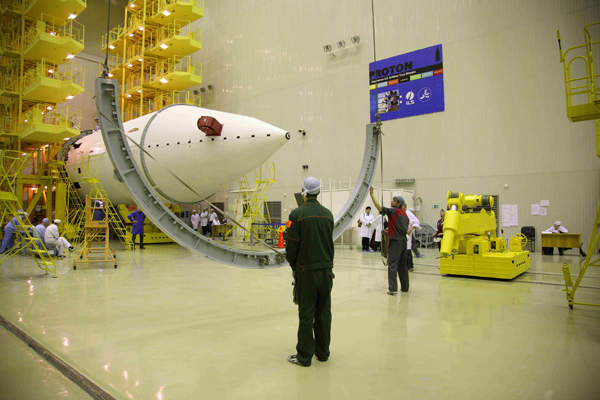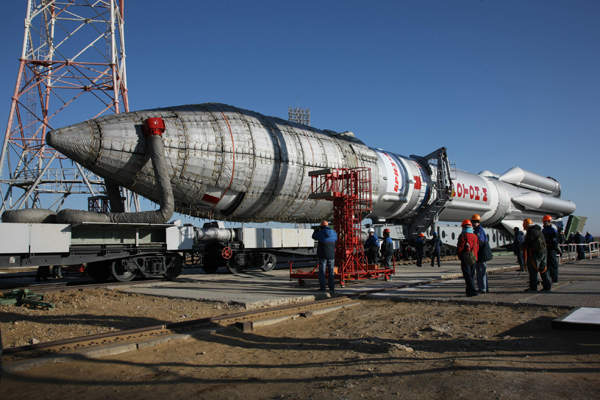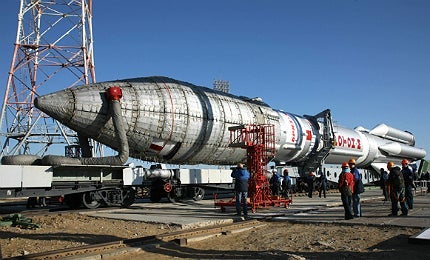
Satmex 8 communication satellite was launched into geostationary transfer orbit (GTO) in March 2013. It will provide video content and distribution, broadband services and cellular backhaul services to countries located in North, South and Central Americas. It is currently undergoing post-launch manoeuvring into geosynchronous orbit.
The satellite is owned and operated by Satélites Mexicanos (Satmex). It will be placed at orbital position 116.8 degrees west longitude and will replace the Satmex 5 satellite, which was launched in December 1998.
Satmex plans to launch Satmex 7, another satellite of its fleet, in early 2015 from Cape Canaveral in Florida.
Design and development by Space Systems/Loral
The design and development contract for the Satmex 8 satellite was awarded to Space Systems/Loral (SSL) in May 2010. The satellite was designed and developed at SSL’s Palo Alto facility located in California. The satellite has a launch mass weight of 5,474kg. It has two deployable solar arrays and batteries. It was designed to provide services for more than 15 years.
Satmex 8 has 45% additional capacity when compared to the Satmex 5 satellite. It also has 94% extra Ku-band capacity than the Satmex 5 satellite. The satellite was developed at a cost of about $318m.
Communication satellite bus platform
The satellite was based on the LS1300 platform, which was manufactured by SSL. It has a strong structure with efficient subsystems and reliable solar arrays. It was also equipped with highly-efficient command and control subsystems. The bus can accommodate up to 150 transponders with power capabilities ranging between five and 25kW. It was first introduced in the mid-1980s.
The satellite bus platform’s design, development, integration and testing was completed at Palo Alto facility in California.
Satmex 8 communication and launch vehicle
The satellite has 64 transponders, including 24 C-band and 41.5 Ku-band transponders rated at 36MHz. The satellite beams provide video, audio, broadband and data services to more than 50 nations spreading across North, South and Central American regions. It provides fixed satellite services to the US, Argentina, Caribbean, Latin America and major cities of Brazil.
The satellite also improves the services related to cellular backhaul and distance learning. Satmex provides more than 90% of the fixed satellite transmission services to the Americas.
Satmex 8 was transported to the Baikonur Cosmodrome in November 2012. The pre-launch preparations for the satellite were completed in December 2012.
The satellite was launched aboard the Proton-M/Briz-M rocket, from launch pad 39 located at the Cosmodrome in March 2013. The launch services were provided by International Launch Services (ILS).
The launch vehicle was manufactured by Khrunichev in Russia. It is 53m high and 7.3m in diameter, and equipped with two photon engines.
The launch was completed in three stages. The first stage used about 419,000kg of propellants for the lift off; the second stage used 176,800kg of propellants; and the third stage used about 46,600kg of propellants. The vehicle and the payload were separated in the third stage.
Satmex 8 communication satellite ground control station
Satmex 8 satellite will be controlled form the ground control station located at Hermosillo, which provided services to the Satmex 5 satellite.
Satmex has number of control centres located in Mexico City and in Hermosillo, Sonora for controlling its satellite fleet. The ground control stations monitor and verify the signals sent from the satellites.
Related content
MEXSAT Bicentenario Communication Satellite, Mexico
MEXSAT Bicentenario, launched through the Arian 5 ECA rocket in December 2012, is the first satellite in the series of three MEXSAT satellites and the only Fixed Satellite Services (FSS) provider among the three units ordered by the Mexican Secretariat of Communications and Transport (SCT).
SES-8 Communication Satellite, United States of America
SES-8 is a medium size communication satellite expected to be launched into geostationary transfer orbit (GTO) in September 2013.

